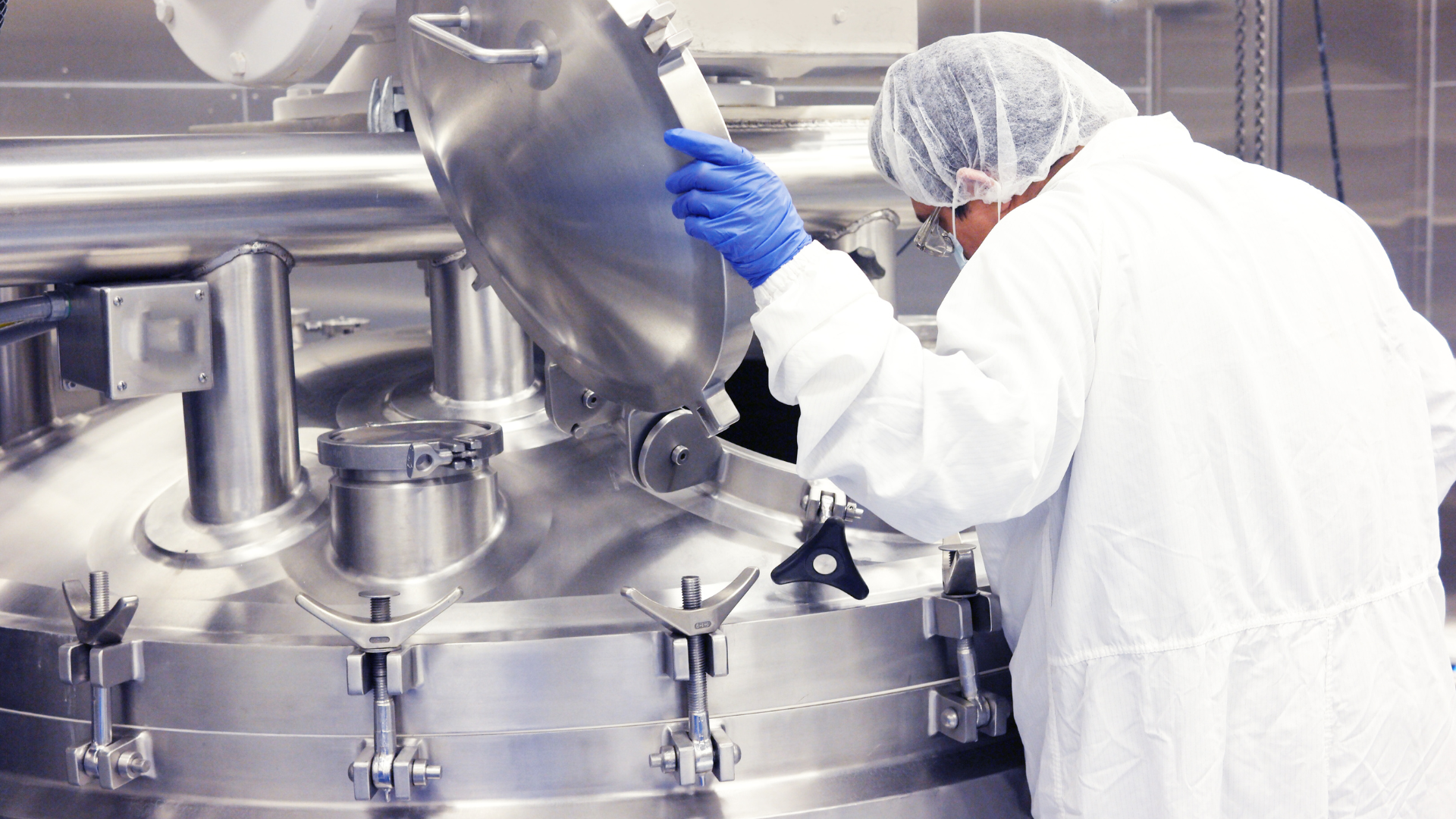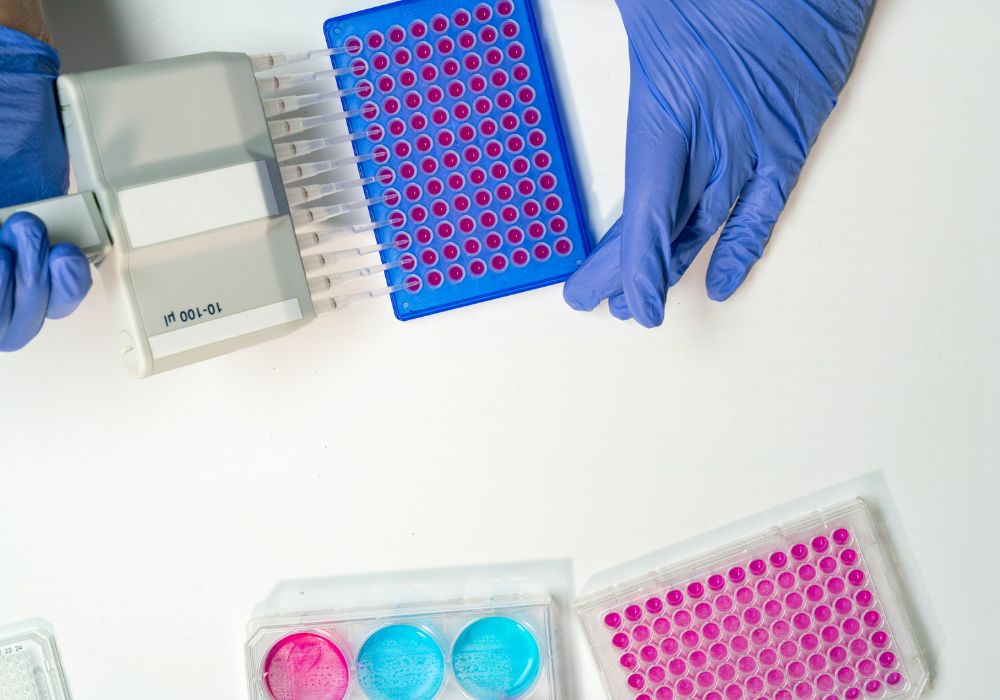Resources
The latest in cell & gene research, from advanced therapies through to the latest developments in cell & gene research, therapies & manufacturing

Through captivating articles, insight pieces, and spotlight interviews, we delve into the remarkable innovations, breakthroughs, and scientific marvels that have defined the landscape of research over the past year.

Gene Therapy Development
Post-Event Proceedings – Gene Therapy Development & Manufacturing 2023
Concise and insightful summaries of presentations delivered by prominent thought leaders at Gene Therapy Development & Manufacturing 2023.

Gene Therapy Development
Curing HIV with cell & gene therapy?
It is now possible to live a long and near normal life with HIV, but what is the likelihood of a permanent cure?

Gene Therapy Development
Safety in Viral Vectors and Viral Clearance: Ensuring Efficacy and Security in Biopharmaceuticals
We discuss the challenges and safety measures in using viral vectors for gene therapies, focusing on vector selection, safety testing, quality control, and contamination prevention, highlighting their importance for the success of advanced medical treatments.

Gene Therapy Development
Viral Vectors in Molecular Biology and Gene Therapy
Adeno-associated viral (AAV) vectors dominate gene therapy due to their efficiency and safety, although challenges remain in addressing toxicity and expanding applications.

Gene Therapy Development
Innovation Hubs for Gene Therapies: Advancing the Academic-Led Clinical Development of Novel Gene Therapies
The UK's cell and gene therapy sector is on the threshold of becoming a global leader in the field. While present challenges include the supply of equipment and skills gaps, Innovation Hubs aim to bridge these through collaboration.

Gene Therapy Development
Replacing the EU's Clinical Trials Directive: A Sea Change in Clinical Trial Execution
The EU's Clinical Trials Regulation has replaced the union's former Clinical Trials Directive, introducing a centralised application process which aims to ensure consistent timelines for clinical trial reviews.
Gene Therapy Development
Tracking Fibonacci Spirals in Plant Evolution and Morphology
Examples of Fibonacci spirals in nature include monkey puzzle trees, the double helix of human DNA, and even certain atmospheric patterns. Now, a new study from the University of Edinburgh suggests that the presence of these patterns in early plants may not be as ubiquitous as previously thought.

Gene Therapy Development
Biocair - Delivering Personalised Supply Chains for Autologous Cell Therapies
Subscribe to Our Newsletter
Sign up for our monthly newsletter to
keep up with all things cell & gene









